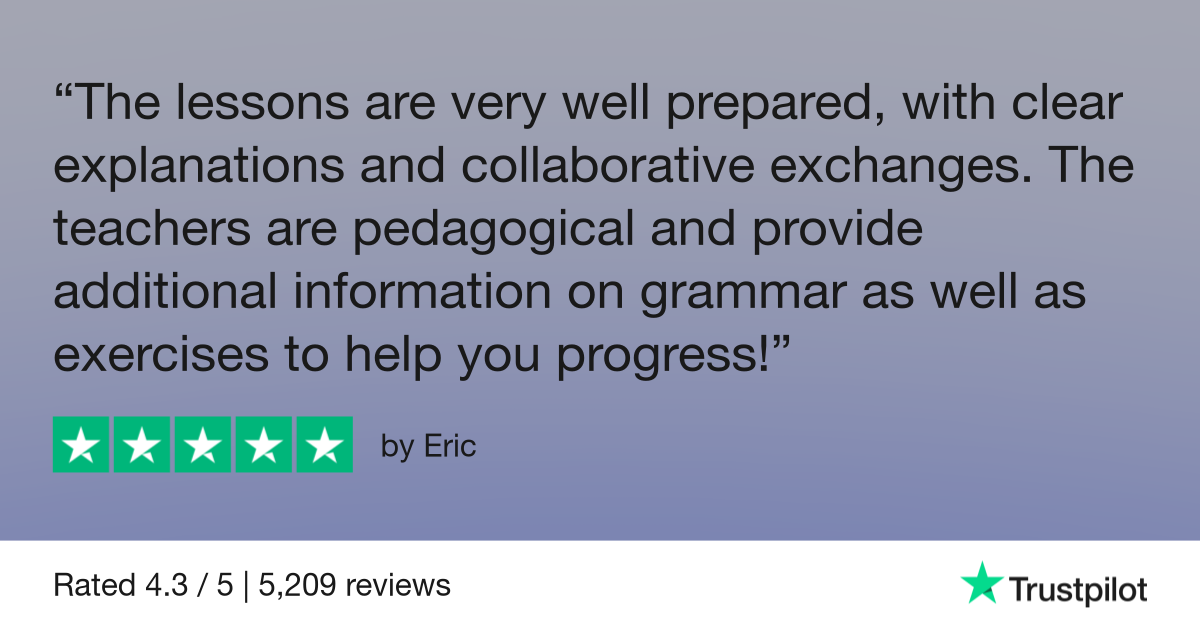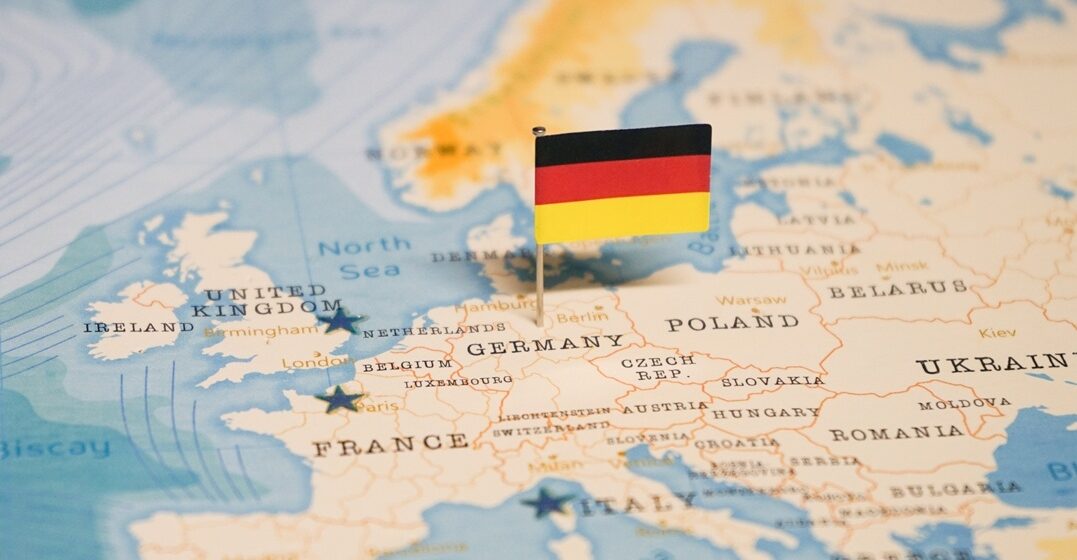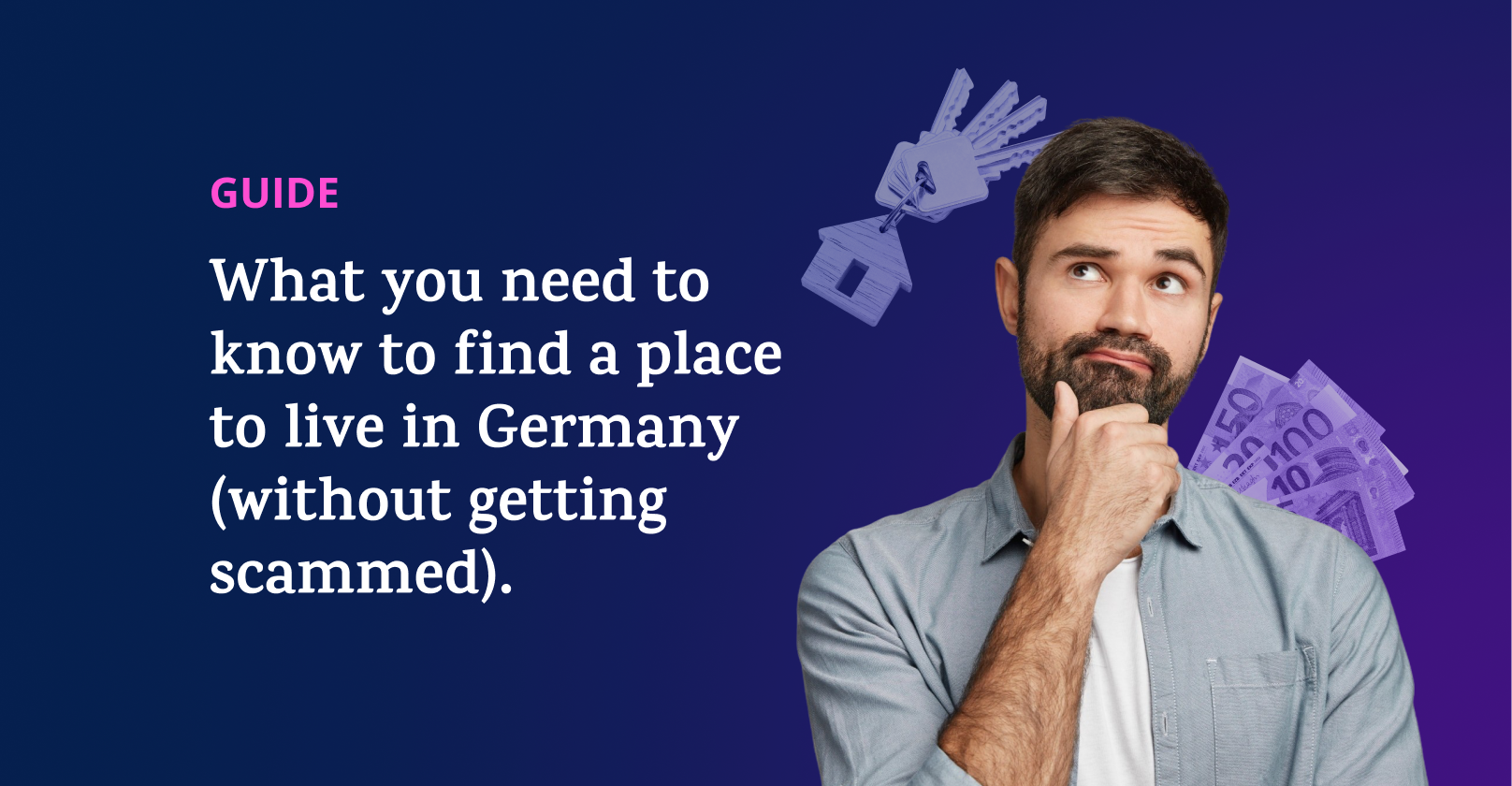How to say ‘welcome’ in German – words, phrases, and cultural tips
Willkommen might just be the first German word you’ll ever need.

It’s the direct translation for “welcome,” but as with many simple words, its meaning can shift depending on the context. Picture greeting guests at your front door, opening a company event, or putting a friendly sign above a café — in all of these situations, willkommen fits perfectly. But if you want to say “You’re welcome” after someone thanks you? You’ll find that Germans use a different phrase. (More on that later.)
The tone, setting and relationship with the other person all influence how you’ll use Willkommen. From conferences to small talk to professional emails, knowing which version to use will help you come across as polite, natural and confident — all good things to be when kicking off a conversation in a new language.
- Formal ways to say “welcome” in German
- Casual and regional variations
- How to pair “welcome” with other German greetings
- How to use “welcome” in German emails and business settings
- “You’re welcome” vs. “welcome”: Know the difference
- FAQs
Formal ways to say ‘welcome’ in German
When you need to sound respectful, German has some phrases that fit professional or ceremonial moments.
- Herzlich willkommen (literally “heartfelt welcome”) is the gold standard for a warm and respectful greeting. You’ll hear it at conferences, formal dinners and speeches. For example: Herzlich willkommen, meine Damen und Herren.
- Willkommen zur Konferenz/bei uns, simple and to the point, works well for events, meetings or when welcoming guests to a workplace. For example: Willkommen bei uns im Unternehmen.
- Es freut uns, Sie begrüßen zu dürfen (“We are pleased to welcome you”) belongs in official correspondence, invitations or speeches where formality is key.
Casual and regional variations
Not every “welcome” in German needs to sound like it belongs in a boardroom. In everyday life, you’ll hear warmer, looser variations.
- Willkommen zurück (welcome back) when greeting friends and colleagues.
- Willkommen zu Hause (welcome home) for family, close friends or roommates when they arrive back from work, school or a long absence.
Regional twists:
- Grüß Gott (literally “greet God”) is used in southern Germany and Austria as a polite hello.
- Moin Moin is Northern Germany’s all-day friendly greeting.
- Servus is the warm, welcoming and informal hello/goodbye in Bavaria and Austria.

Learn German with Lingoda
How it works

How to pair ‘welcome’ with other German greetings
A simple “Willkommen!” can stand on its own, but pairing it with other greetings can make your German sound more natural.
Time-specific
- Guten Morgen und herzlich willkommen, Frau Meier! (Good morning and a warm welcome, Mrs. Meier!)
- Guten Morgen! Vielen Dank. (Good morning! Thank you very much.)
Evening reception
- Guten Abend, Herr Schulz, willkommen bei uns. (Good evening, Mr. Schulz, welcome to our place.)
- Danke, freut mich, hier zu sein. (Thank you. I’m happy to be here.)
Making someone feel at home
- Willkommen zurück, Anna! Fühl dich wie zu Hause! (Welcome back, Anna! Make yourself at home!)
- Danke, das mach ich. (Thank you, I will.)
How to use ‘welcome’ in German emails and business settings
In professional communication, willkommen can be both warm and polished, perfect for setting the right tone with new colleagues, clients or partners.
Onboarding new hires
- Willkommen an Bord! (Welcome on board!)
- Sehr geehrte Frau Müller, herzlich willkommen an Bord unseres Teams. Wir freuen uns auf die Zusammenarbeit und wünschen Ihnen einen erfolgreichen Start. (Dear Mrs. Müller, welcome to our team! We’re looking forward to working with you and wish you a great start.)
Formal internal announcements
- Wir heißen Herrn Becker herzlich in der Abteilung willkommen und freuen uns auf die gemeinsame Arbeit. (We warmly welcome Mr. Becker to the department and look forward to working together.)
Client-facing greetings
- Willkommen bei [Firma], wir freuen uns auf eine erfolgreiche Zusammenarbeit. (Welcome to [Company], we look forward to a successful partnership.)
‘You’re welcome’ vs. ‘welcome’: Know the difference
A common trap for German learners is mixing up willkommen (“welcome”) with bitte (“you’re welcome”). Since these words are not interchangeable, it’s important to use the right one in a given situation.
- Willkommen is used to greet someone arriving. For example: Willkommen in Berlin! (Welcome to Berlin!)
- Bitte is used after someone says Danke:
- Danke für deine Hilfe. (Thanks for your help.)
- Bitte. (You’re welcome.)
How do you say ‘welcome back’ in German?
Welcome back in German is: Willkommen zurück.
What’s the difference between ‘willkommen’ and ‘bitte’?
The difference between willkommen and bitte is that the former is a greeting, whereas the latter means “you’re welcome.”
Make every greeting count: Say ‘welcome’ in German the right way
Whether it’s “Herzlich willkommen” at a formal event, “Willkommen zu Hause” for a loved one returning, or a cheerful “Moin Moin” when meeting your new neighbour from Hamburg, knowing how to say “welcome” in German is all about matching your tone to the situation. We’ve looked at formal, casual, regional and even email-ready greetings — plus the all-important difference between willkommen and bitte. The right “welcome” can set the stage for warmth, respect and connection in any conversation.
With Lingoda’s small group classes and flexible scheduling, you can practice real-life greetings with native-level teachers anytime, anywhere. Your next greeting could be the start of a great conversation!

Learn German with Lingoda
How it works














